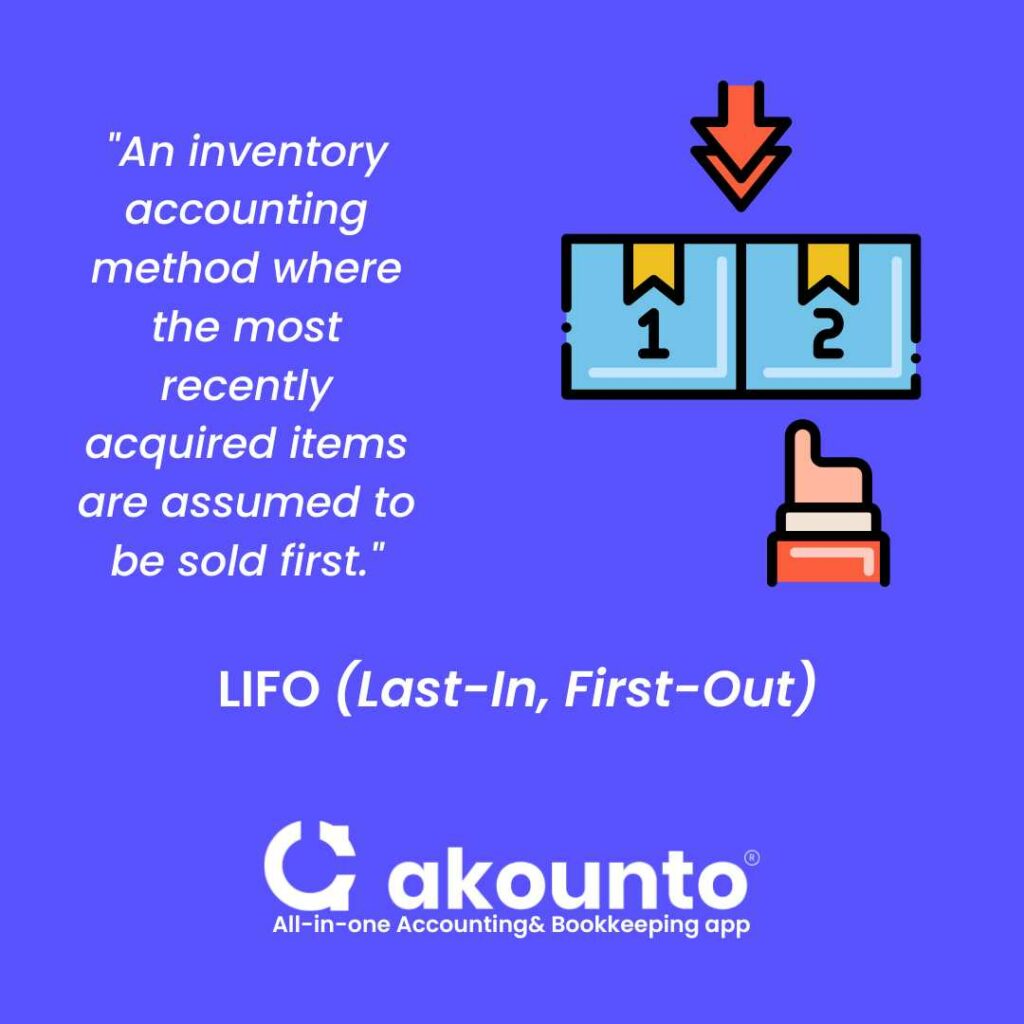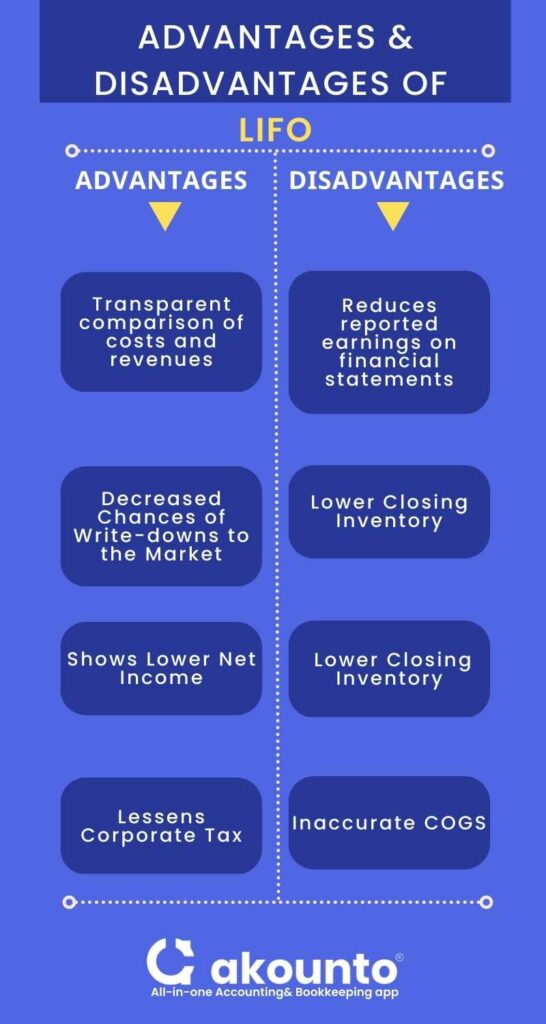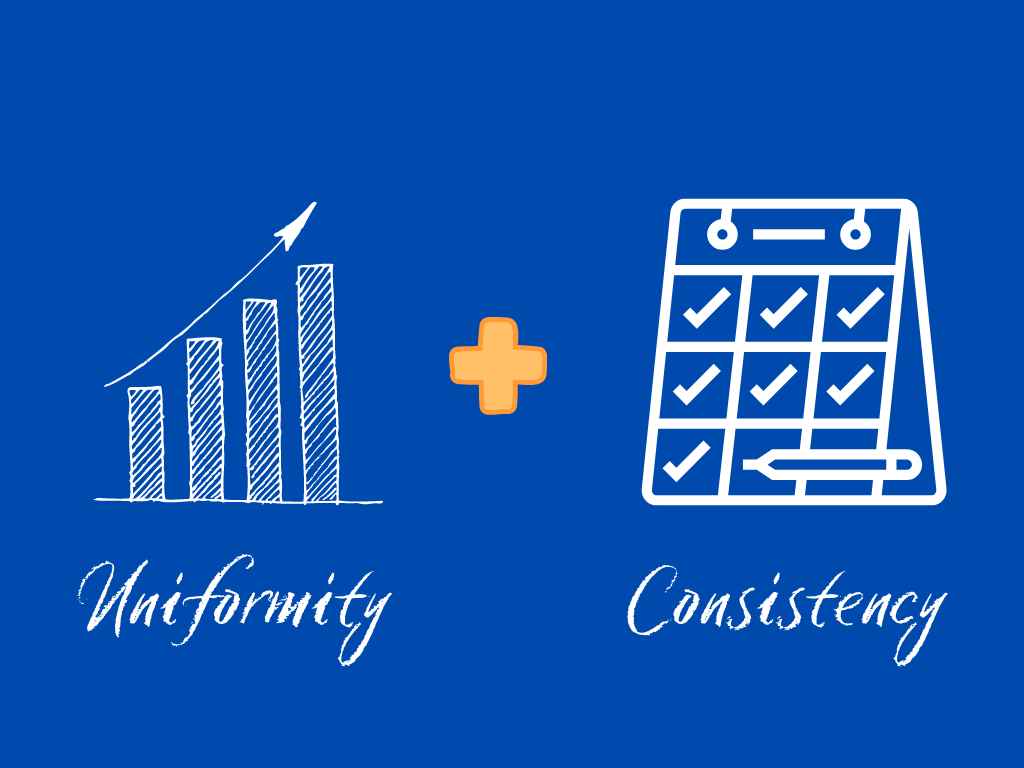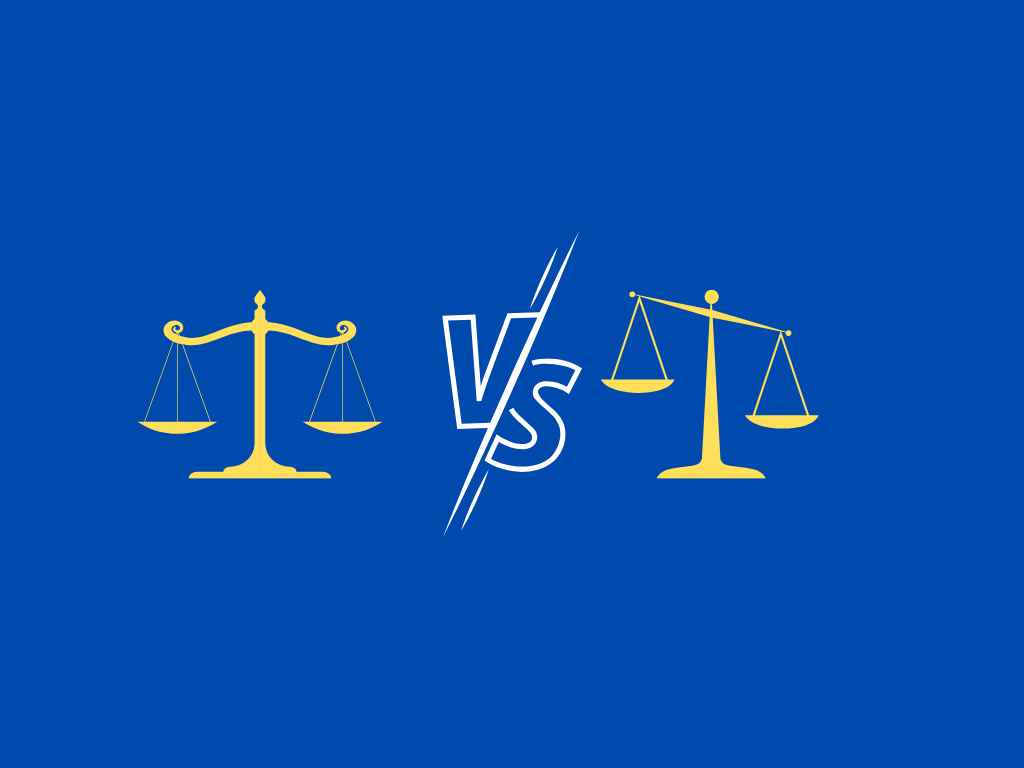What is LIFO Inventory Valuation Method?
Last-in, First-out (LIFO) refers to an inventory valuation method that assumes that the products and assets acquired last are to be expensed first.
The cost price paid for the most recent purchases is used first for income accounting and calculating the cost of goods sold (COGS).
What’s covered in the article
LIFO is only allowed by the Generally Accepted Accounting Principles (GAAP). International Financial Reporting Standards (IFRS) does not recommend the LIFO valuation method, which leaves the U.S. the only nation where the Last-in, first-out (LIFO) method is being used.
How does LIFO Work?

LIFO is the inventory cost method based on the cost price of the latest products entering the inventory. The cost of the latest items purchased or produced is first used as the cost of the goods sold (COGS). The cost of the oldest remaining items is reported as the unsold inventory.
The recent-most cost of inventory will most probably be higher than what the business paid for its previous purchases, and that is because of inflation.
As the company will use the recent-most costs for financial reporting, the difference between the cost and the sales price will decrease, at least on the documents. The company can reduce the tax burden, as the statements show lower profit margins.
Requirements by the Generally Accepted Accounting Principles (GAAP)
Last In First Out (LIFO), one of the inventory costing methods, provides tax deferment, but it comes with a LIFO conformity rule. This rule binds the companies to fulfill some basic requirements:
Only companies based in the United States can adopt LIFO due to US GAAP. IFRS, which is internationally more acceptable, does not allow the LIFO method for inventory valuation on the balance sheet and financial reporting.
Under the LIFO conformity rule in Sec. 472(c), if a taxpayer chooses to use LIFO, the same method must be used to value inventory to calculate income and profits, and losses in the same accounting period. The IRS leaves no margin in the enforcement of this rule.
Different types of the LIFO method can be used for tax returns and financial reporting as long as both use the LIFO inventory cost method.
In case of violation of the LIFO conformity rule, the IRS may charge a penalty and require the business to switch to a non-LIFO method.
Advantages Of LIFO
Matches the Current Revenue with the Current Costs
Using the LIFO method gives a more transparent comparison of costs and revenues using the newest inventory costs.
Decreased Chances of Write-downs to the Market
Under the LIFO method, the most recently purchased inventory is sold first. This first-out inventory management method uses inflating prices for the units sold. So, the chances of write-downs to the market in case the inventory prices decline are minimized.

Shows Lower Net Income
Using the LIFO method for inventory valuation when filing taxes also binds the company to use the LIFO method for financial reporting. It will increase the cost and lower the net income, especially in the presence of inflation between purchasing different batches of inventory.
Less Corporate Tax
Lower net income and profit margin can provide a significant tax break, especially for companies with large inventories.
Disadvantages Of LIFO
Lower Reported Earnings
In the presence of inflation, the LIFO method reduces the reported earnings on the financial statements, which can hurt potential investors.
Lower Closing Inventory
LIFO understates the inventory value on the balance sheet, which may give a negative impression about the working capital.
Inaccurate COGS
The LIFO method is not linked to the physical inventory. Also, the goods sold first are not necessarily the ones that came first. Inflation and sales price fluctuations will, hence, present an inaccurate current status of the company.
Low Credit Score
As the LIFO inevitably reduces the profit margins and net earnings, getting funding and investors can get difficult. Also, the accounting standards of the internationally acceptable IFRS do not consider the Last-in First-out (LIFO) legal for inventory management.
Examples
The LIFO method assumes the latest production costs for the most recent products that the company sells. This accounting method also produces a lower ending inventory balance than other methods.
Here are some examples to better explain this method:
Example 1: A sports goods manufacturer has 300 pieces of athleisure clothing in stock. These were purchased in three batches, 100 units each, at three different times.
The cost of the first batch was $10 per unit. But due to inflation, the next two batches cost $15 and $20 per unit, respectively. Then, this supplier sells 200 pieces. Calculate the value of the ending inventory based on the information given below.
| Batch | Unit count | Cost per unit | Total cost |
| Batch 1 | 100 | $10 | $1000 |
| Batch 2 | 100 | $15 | $1500 |
| Batch 3 | 100 | $20 | $2000 |
Solution:
Applying the LIFO method, the inventory purchased in Batch 3 and then Batch 2 is assumed to have sold first, while Batch 1 remains unsold.
For COGS, we will use the cost of the recent most purchased items:
COGS = (The Number of Newest Units x Cost per unit) + (Remaining Units From the Second Purchase x Cost per unit)
COGS = (100 x $20) + (100 x $15) = $2500
Meanwhile, items from the first batch remain unsold.
Here’s how the ending inventory value will be calculated:
Ending Inventory Value = Remaining Units x Cost per unit
Ending Inventory Value = 100 x $10 = $1000
Example 2: Company A produced two batches of the same product. The cost per unit for the first batch was $20, while the unit cost for the second batch was $30. Company A sells ten and thirty units. Based on the information given below, calculate the value of the ending inventory.
| Batch | Unit count | Cost per unit | Total cost |
| Batch 1 | 10 | $20 | $200 |
| Batch 2 | 30 | $30 | $900 |
Using the above data, calculate the cost of goods sold (COGS) and the ending inventory value under the LIFO method.
Solution:
Let’s assume that Company A sells ten units. Under LIFO, the company’s financial statements will assume that part of the most recent inventory from Batch 2 has been sold. So, the COGS will be calculated as follows:
COGS = The Number of Newest Units x Cost per unit
COGS = 10 x $30 = $300
The ending inventory value is computed by evaluating the units remaining, the older inventory.
Ending Inventory Value =Number of units remaining x Their Value
Ending Inventory Value = (10 x $20) + (20 x $30) = $800
Other Inventory Valuation Methods
Businesses prefer the LIFO method, as taxpayer companies with large inventories, such as auto dealerships, can use a reduction in taxable income in the wake of rising prices.
Furthermore, there are two inventory cost methods in addition to the LIFO inventory method that can be used for inventory valuation. These include:
First in, First Out (FIFO Method) – FIFO stands for First in, First out. It is based on serializing the goods and selling them in chronological order. It means that the oldest costs are used first.
Average Cost Method – The average cost method of inventory valuation assigns the cost of goods sold using the weighted average of the inventory instead of the new or old inventory costs.
Conclusion
LIFO is one of the basic inventory valuation methods preferred by U.S. companies as per GAAP requirements. The knowledge of various methods of valuation, such as LIFO and their compliance with the IASB and US GAAP, will help you decide the most suitable one for your business and avoid any penalties.











